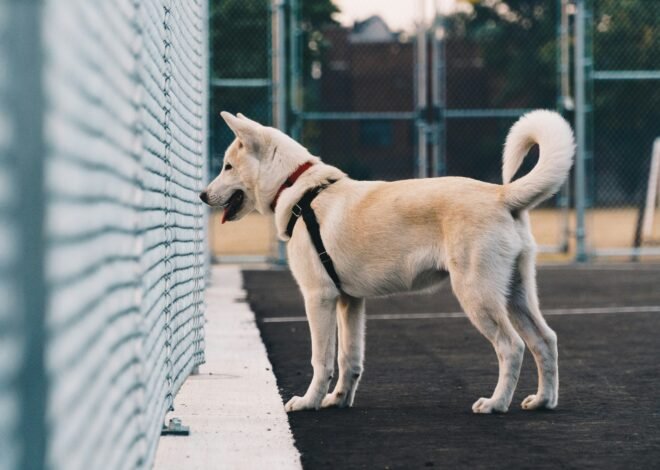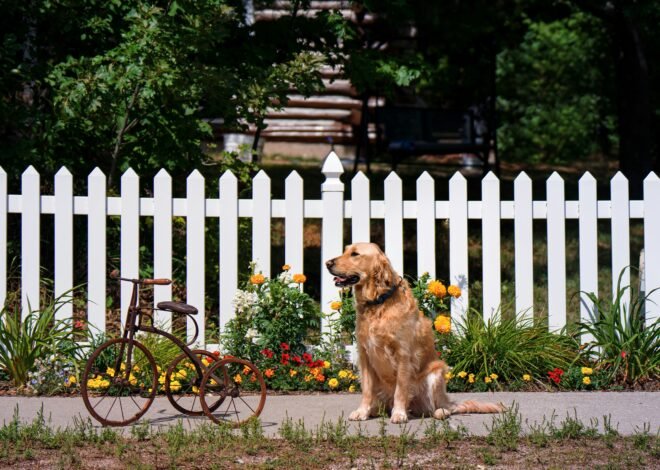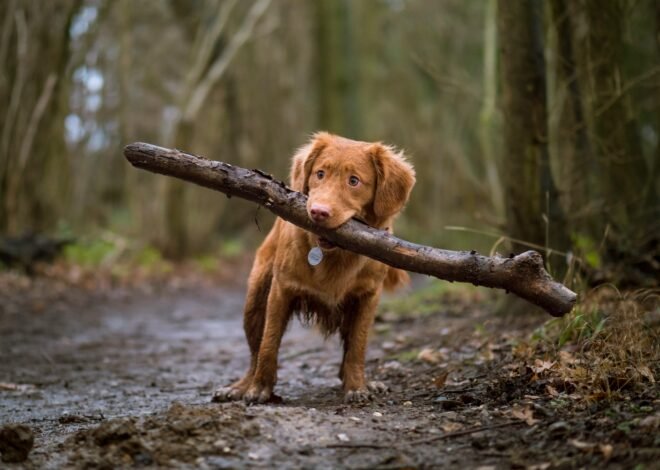
Chicken Wire Fence for Dogs
An Affordable and Effective Solution
When it comes to keeping your dog safe and secure in your yard, installing a chicken wire fence is an affordable and effective solution. Chicken wire is versatile, easy to install, and can be tailored to fit various needs and yard sizes. This article will explore the benefits, installation process, and tips for using a chicken wire fence to contain your dog.
Benefits of a Chicken Wire Fence
- Affordability
One of the most significant advantages of using chicken wire for a dog fence is its costeffectiveness. Compared to other fencing materials, chicken wire is relatively inexpensive, making it an ideal choice for budgetconscious pet owners.
- Easy Installation
Chicken wire is lightweight and easy to work with, which simplifies the installation process. You don’t need specialized tools or skills to set up a chicken wire fence, making it a great DIY project.
- Versatility
Chicken wire is flexible and can be used in various configurations. It can be installed on existing structures, such as wooden or metal posts, or used to create a standalone fence. Additionally, chicken wire can be shaped to fit around trees, garden beds, or other obstacles in your yard.
- Visibility
Chicken wire provides a clear view of the surroundings, allowing your dog to see outside the fenced area. This can reduce anxiety and boredom by letting your pet observe the environment.
- Safety
When properly installed, chicken wire fences are safe for dogs. The wire mesh is small enough to prevent your dog from squeezing through or getting stuck, and the smooth wire edges can be bent inward to avoid injury.
How to Install a Chicken Wire Fence for Dogs
Materials Needed
- Chicken wire roll
- Wooden or metal fence posts
- Wire cutters
- Zip ties or wire
- Hammer and nails or screws
- Shovel
- Measuring tape
- Gloves and safety glasses
For purchasing Lowe’s Chicken wire Rolled Fencing
Step by Step Installation Guide
- Plan Your Fence
Determine the area you want to enclose and measure the perimeter. Decide on the height of the fence, keeping in mind your dog’s size and jumping ability. Most chicken wire fences for dogs range from 4 to 6 feet in height.
- Gather Materials
Purchase enough chicken wire and fence posts to cover the measured perimeter. Ensure you have all necessary tools and hardware before starting the installation.
- Mark the Perimeter
Use stakes and string to outline the perimeter of your fence. This will serve as a guide for placing the fence posts.
- Install Fence Posts
Using a shovel, dig holes for the fence posts at regular intervals, approximately 68 feet apart. The depth of the holes should be about onethird of the post’s height. Place the posts in the holes and fill them with soil, packing it down firmly to ensure stability.
- Attach the Chicken Wire
Starting at one corner of the fenced area, unroll the chicken wire and attach it to the first post using zip ties, wire, nails, or screws. Make sure the bottom of the wire is flush with the ground to prevent your dog from slipping underneath. Continue unrolling and attaching the wire to each post, pulling it taut as you go.
- Secure the Bottom
To prevent your dog from digging under the fence, you can bury the bottom edge of the chicken wire a few inches into the ground. Alternatively, you can place rocks, bricks, or landscaping timbers along the base of the fence.
- Reinforce the Top
If your dog is a jumper, consider adding an inward facing overhang to the top of the fence. This can be done by bending the top 1218 inches of the chicken wire inward at a 45degree angle.
- Inspect for Safety
Once the fence is installed, carefully inspect it for any sharp edges or loose wire that could harm your dog. Bend or trim any sharp points and ensure all connections are secure.
Tips for Maintaining a Chicken Wire Fence
- Regular Inspections
Perform regular inspections of your chicken wire fence to check for any damage or wear. Look for loose wires, gaps, or signs of digging and address any issues promptly to maintain the fence’s effectiveness.
- Reinforce Weak Spots
Over time, certain areas of the fence may become weak or damaged. Reinforce these spots with additional wire or stakes to ensure your dog remains safely contained.
- Keep the Area Clear
Remove any debris, plants, or objects that could damage the fence or provide a foothold for your dog to climb. Keeping the area around the fence clear will help maintain its integrity.
- Weather Protection
While chicken wire is generally weather resistant, you can extend its lifespan by applying a rust inhibiting spray or paint. This is particularly important in areas with high humidity or frequent rainfall.
- Training Your Dog
Training your dog to respect the fence boundaries is crucial. Spend time supervising your dog in the fenced area and correct any attempts to dig under or climb over the fence. Positive reinforcement, such as treats and praise, can help reinforce good behavior.
Conclusion
A chicken wire fence is an affordable, versatile, and effective solution for keeping your dog safe and secure in your yard. By understanding the benefits, following the installation steps, and maintaining the fence properly, you can create a secure environment for your pet without breaking the bank. Whether you’re looking to contain a small yard or a larger area, chicken wire can be tailored to meet your needs, providing peace of mind and safety for both you and your furry friend. Choose the right fence !


